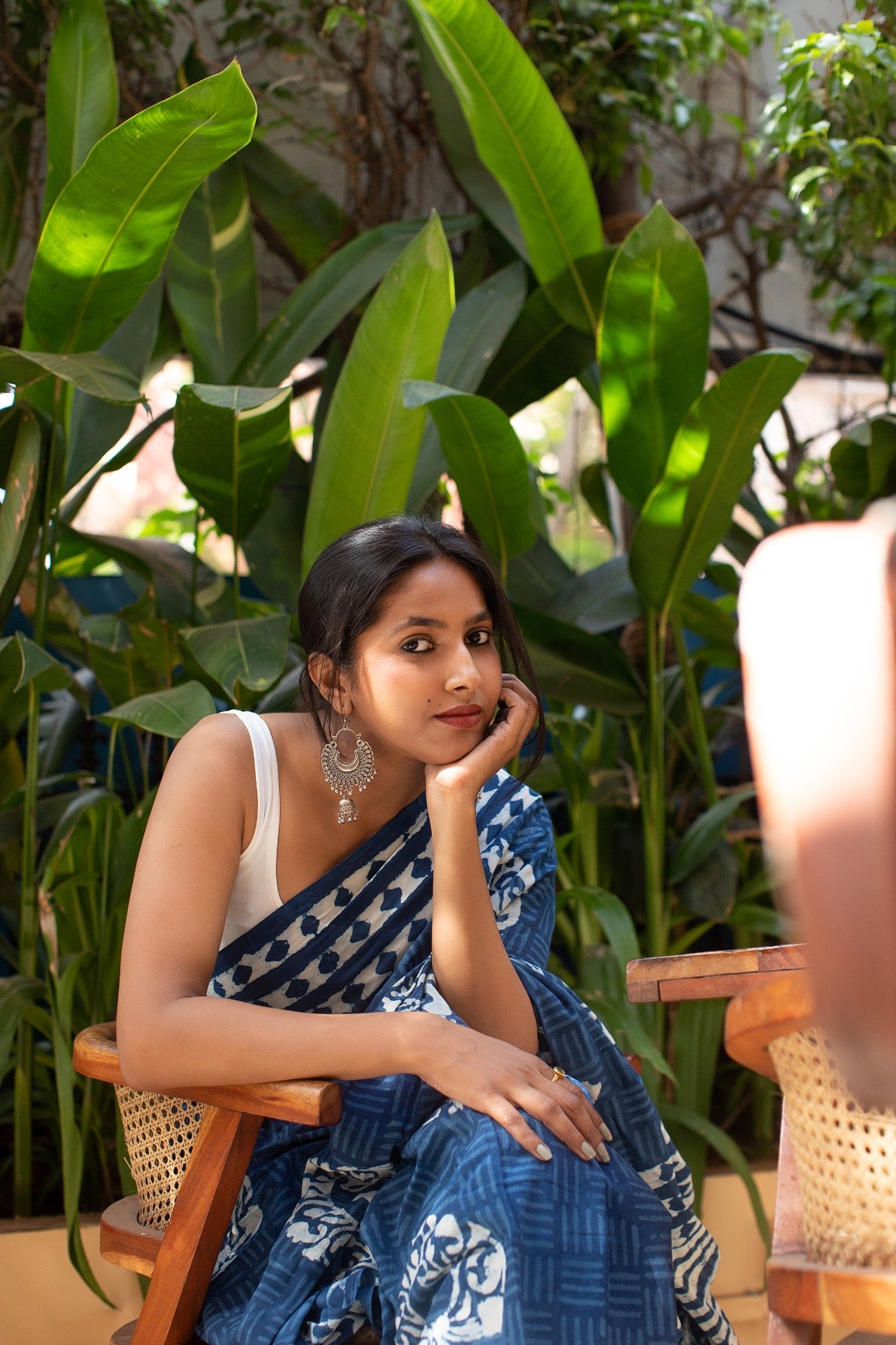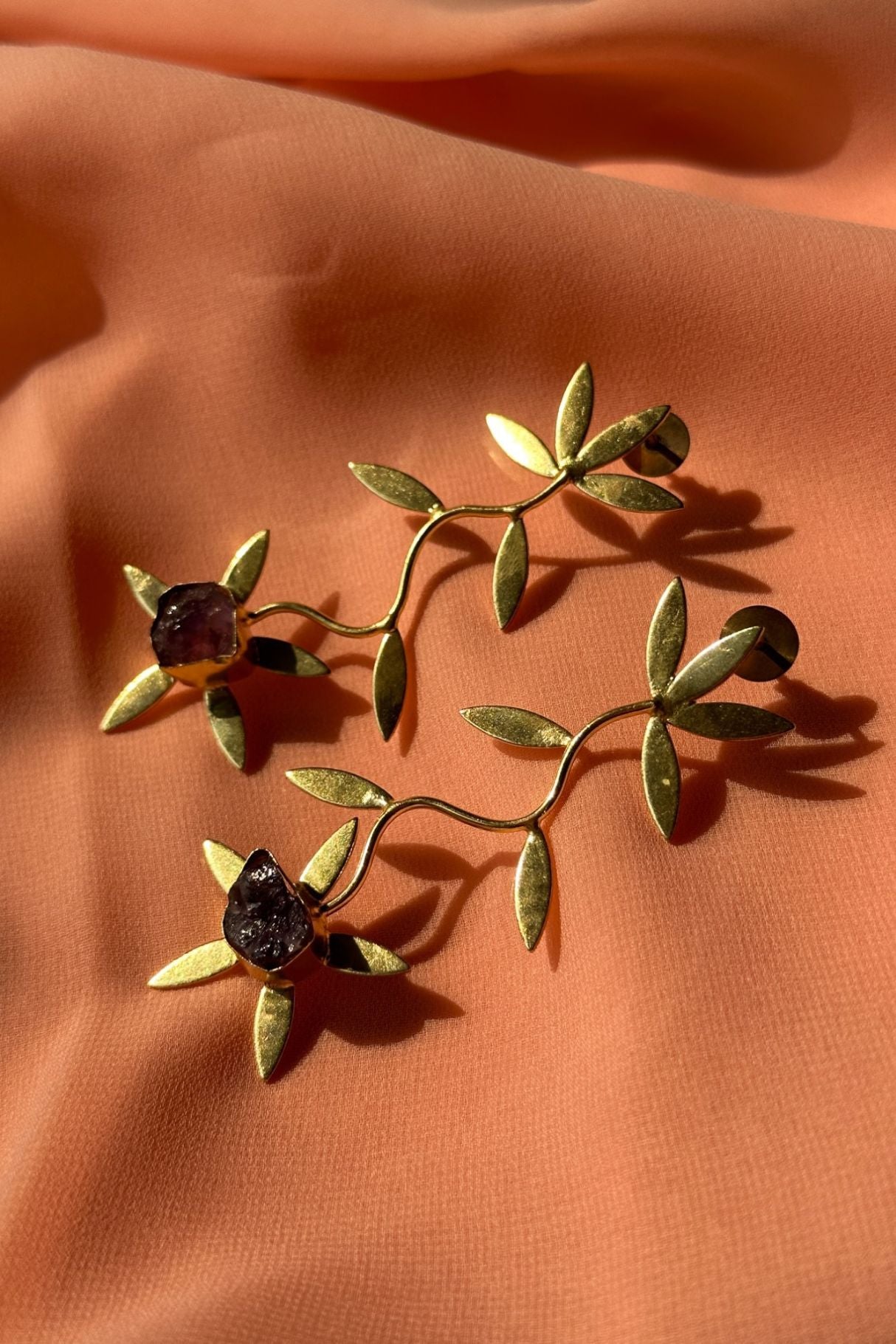Article: The Timeless Elegance of Saree: A Tapestry of Tradition and Style

The Timeless Elegance of Saree: A Tapestry of Tradition and Style
In the vast spectrum of traditional garments that adorn the cultures of the world, few can match the timeless elegance and grace of the saree. This six to nine-yard wonder has an illustrious history, evolving through centuries to become not just a garment but a symbol of culture, tradition, and sophistication. Let's take a journey through the fascinating history of sarees, exploring their origins, diverse weaving techniques, regional variations, and the enduring relevance of this beautiful garment in the modern world.
- Origin of Saree: Unraveling the Threads of Time
The origins of the saree can be traced back to the Indian subcontinent, with references in ancient texts dating as far back as 2800-1800 BCE. The term 'saree' itself is derived from the Sanskrit word 'sati,' meaning strip of cloth. Initially, sarees were simple garments worn by women in everyday life, gradually evolving into a symbol of grace and tradition.

- Diverse Weaving Techniques: A Kaleidoscope of Artistry
One of the most captivating aspects of the saree is the myriad weaving techniques employed in its creation. From the intricate Banarasi silk to the delicate Chikankari work of Lucknow, each region boasts its unique style. Kanjeevaram sarees from Tamil Nadu, Paithani sarees from Maharashtra, and the vibrant Bandhani from Gujarat – each weave tells a story of skill, culture, and craftsmanship passed down through generations.
- Regional Variations: A Saree for Every State
India is a land of diversity, and this diversity is beautifully reflected in the regional variations of sarees. From the vibrant colors of the Phulkari sarees of Punjab to the muted elegance of the Muga silk sarees from Assam, the diversity is as vast as the country itself. Each saree carries the essence of its region, making it a wearable piece of art.

- Evolution Over Time: From Tradition to Trend
As time has marched on, the saree has not stood still. It has evolved to embrace contemporary styles while retaining its traditional roots. Modern designers have infused new life into this ancient garment, experimenting with fabrics, drapes, and embellishments. The result is a fusion of tradition and trend, making sarees a versatile choice for various occasions.
- Relevance in the Modern World: Saree as a Symbol of Empowerment
In an era dominated by fast fashion, the saree has not only held its ground but has also become a symbol of empowerment for women. The saree is no longer confined to traditional ceremonies; it has seamlessly integrated into everyday wear, corporate offices, and international runways. The adaptability of the saree mirrors the versatility and strength of the women who wear it.

- The Beauty of Saree: A Must-Have for Every Generation
The saree is not merely a piece of fabric; it's a canvas where tradition and style meet. Its ability to flatter every body type, its timeless appeal, and the countless ways to drape it make the saree a must-have in every woman's wardrobe. From the vibrant colors of youth to the sophisticated elegance of maturity, the saree ages gracefully with its wearer.

Conclusion:
In the tapestry of fashion, the saree stands as a testament to the rich cultural heritage of the Indian subcontinent. Its evolution through time, diverse weaving techniques, and regional variations weave a story that resonates with women of all ages. As we embrace the modern world, the saree continues to be a symbol of grace, tradition, and empowerment – a timeless garment that transcends generations. So, let's drape ourselves in the six yards of elegance and carry forward the legacy of the saree with pride and style!





